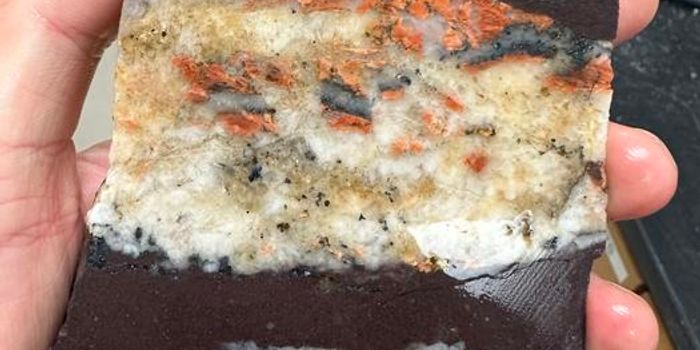Scientists have designed a new wearable monitor that keeps track of your health by measuring chemicals in your sweat.
While health monitors have exploded onto the consumer electronics scene over the past decade, researchers say this device, which can be synched in real time to your smart phone, is the first fully integrated electronic system that can provide continuous, noninvasive monitoring of multiple biochemicals in perspiration.
The advance opens doors to wearable devices that alert users to health problems such as fatigue, dehydration, and dangerously high body temperatures.
“Human sweat contains physiologically rich information, thus making it an attractive body fluid for noninvasive wearable sensors,” says study principal investigator Ali Javey, professor of electrical engineering and computer sciences at the University of California at Berkeley and principal invesdtigator of the study that is published in the journal
Nature.
“However, sweat is complex and it is necessary to measure multiple targets to extract meaningful information about your state of health.
“In this regard, we have developed a fully integrated system that simultaneously and selectively measures multiple sweat analytes, and wirelessly transmits the processed data to a smartphone. Our work presents a technology platform for sweat-based health monitors.”
“Having a wearable sweat sensor is really incredible because the metabolites and electrolytes measured by the Javey device are vitally important for the health and well-being of an individual,” says coauthor George Brooks, Berkeley professor of integrative biology. “When studying the effects of exercise on human physiology, we typically take blood samples. With this noninvasive technology, someday it may be possible to know what’s going on physiologically without needle sticks or attaching little, disposable cups on you.”
Headbands and wristbands
The prototype packs five sensors onto a flexible circuit board. The sensors measure the metabolites glucose and lactate, the electrolytes sodium and potassium, and skin temperature.
“The integrated system allows us to use the measured skin temperature to calibrate and adjust the readings of other sensors in real time,” says Wei Gao, a postdoctoral fellow in Javey’s lab. “This is important because the response of glucose and lactate sensors can be greatly influenced by temperature.”
Adjacent to the sensor array is a wireless printed circuit board with off-the-shelf silicon components. The researchers used more than 10 integrated circuit chips responsible for taking the measurements from the sensors, amplifying the signals, adjusting for temperature changes, and wirelessly transmitting the data. The researchers developed an app to sync the data from the sensors to mobile phones, and then fitted the device onto “smart” wristbands and headbands.
To test the device they put dozens of volunteers through various indoor and outdoor exercises. Study subjects cycled on stationary bikes or ran outdoors on tracks and trails from a few minutes to more than an hour.
“We can easily shrink this device by integrating all the circuit functionalities into a single chip,” says postdoctoral fellow Sam Emaminejad. “The number of biochemicals we target can also be ramped up so we can measure a lot of things at once. That makes large-scale clinical studies possible, which will help us better understand athletic performance and physiological responses to exercise.”
A longterm goal would be to use the device for population-level studies for medical applications. It also has potential to measure more than perspiration.
“While Professor Javey’s wearable, noninvasive technology works well on sweating athletes, there are likely to be many other applications of the technology for measuring vital metabolite and electrolyte levels of healthy persons in daily life,” Brooks says. “It can also be adapted to monitor other body fluids for those suffering from illness and injury.”
The Berkeley Sensor and Actuator Center and the National Institutes of Health support this work.
Source:
UC Berkeley
This article was originally posted on
futurity.org.








